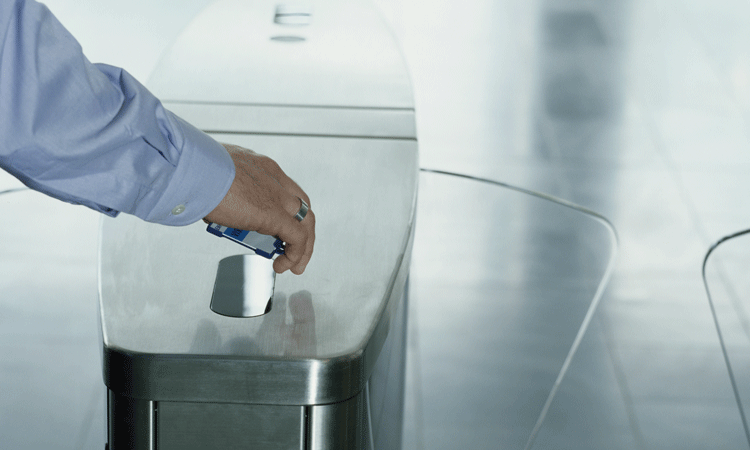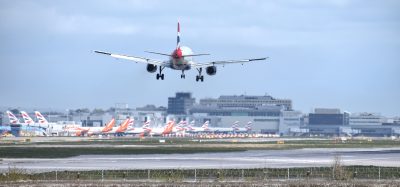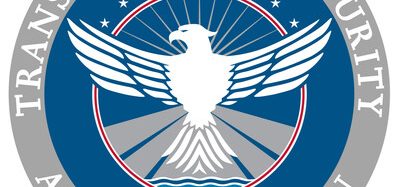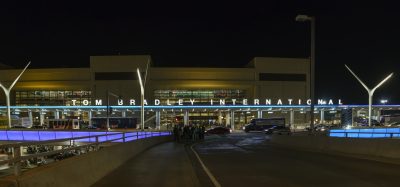The ‘connected’ traveller
- Like
- Digg
- Del
- Tumblr
- VKontakte
- Buffer
- Love This
- Odnoklassniki
- Meneame
- Blogger
- Amazon
- Yahoo Mail
- Gmail
- AOL
- Newsvine
- HackerNews
- Evernote
- MySpace
- Mail.ru
- Viadeo
- Line
- Comments
- Yummly
- SMS
- Viber
- Telegram
- Subscribe
- Skype
- Facebook Messenger
- Kakao
- LiveJournal
- Yammer
- Edgar
- Fintel
- Mix
- Instapaper
- Copy Link
Posted: 10 May 2016 | Matthys Serfontein (SITA) | No comments yet
Passengers are demanding ever more control over their airport journeys and are subsequently shaping how airports interact with them. With the advent of the ‘single travel token’ which is able to fast track passengers through the airport using biometric and biographic information, Matthys Serfontein, Vice President of Airport Solutions at SITA, considers how we are a step closer to a walkthrough experience.


If there is one thing passengers and airport operators agree on, it is that the ultimate aim of airports is to get travellers through the travel formalities as quickly and efficiently as possible. The solution to that challenge lies with technology.
Emerging technologies
Emerging technologies such as single travel tokens, cognitive computing, beacons, the Internet of Things and even wearables are able to deliver information to passengers and airport operators in real-time and limit the time needed to complete the required travel steps. Each technology takes us a step closer to a truly walkthrough experience at airports.
The modern passenger wants to spend as little time getting from the kerb to the gate as possible
They want to eliminate the stress of check-in, immigration and security and have more time to enjoy the services, lounges and retail that await them. They are also demanding personalised airport information be put at their fingertips, be it updates on flight delays, gate changes or baggage collection.
Passengers demanding more control over their airport journeys are shaping how airports will interact with them in future. The ‘connected passenger’ has become a reality, with 97% of airline passengers carrying at least one personal electronic device when flying.
Wearables
And it is not just mobile devices that will be used in future but also wearables such as the smartwatch. On the wrists of passengers, smartwatches can receive real-time information and make it easier for passengers to move through the airport. A smartwatch requires just a quick flick of the wrist for a passenger to have all the relevant information needed to board a flight. It will help improve the passenger experience by making it easier to complete the various steps along their journey, whether it is check-in, boarding or clearing immigration by having all their biometric information stored on the device.
Wearable devices will increasingly be used at airports over the next three years. SITA’s 2015 Airport IT Trends Survey1 shows that nearly one third of airports are planning to evaluate at least one of the different technologies by the end of 2018, while 14% expect to conduct a major programme.
Airports are also increasingly using beacon or location technology, in conjunction with mobile apps, to deliver real-time ‘day of travel’ information services directly to passengers at the appropriate point in their journey. By understanding where the passenger is in the airport, beacons can efficiently guide them with indoor directions or walk times to gates, for example, or display their mobile boarding pass as they approach the gate.
The Airport IT Trends Survey shows that by 2018, 80% of airports will use beacons to provide way-finding services and 74% to provide notifications to passengers. By this time, more than half of the airports will have sensors in use at various points of the journey, including check-in, bag-drop, security, dwell time and boarding. Mobile services are also on the rise with 91% of airports planning to provide an app for navigating the airport and 83% for real-time notifications about day-of-travel information such as local traffic or queue times in the terminal.
Miami International Airport
Leading the way are airports such as Miami International Airport which recently launched its new mobile app. This is the first airport app in the USA to use the latest technologies, including Bluetooth beacons, to get the right information to the right people, when and where they need it. The app presents an easy-to-use interface and gives travellers personalised updates, directions and tips based on their location and needs.
As travellers make their way through the airport, the app provides information and support that is relevant to their individual journey, including updates on their gate, flight times and baggage collection, as well as nearby food and retail outlets, prioritising suggestions based on their current location. The app beautifully presents the most accurate and up-to-date indoor maps. And with ‘blue-dot’ functionality, map rotation, turn-by-turn directions, ‘walk times’ and a ‘near me’ feature, they allow passengers to quickly locate virtually anything inside the airport.
The advent of cognitive computing, led by IBM Watson, has the potential to unlock an even deeper level of personalisation. Using natural language processing and machine learning IBM Watson is able to reveal insights, patterns and relationships across the masses of data held by airlines, airports and passengers themselves. It is able to answer complex questions and interpret data to provide contextual and relevant answers.


The passenger of the future wants to experience seamless travel
By sharing their data and integrating passenger’s information, cognitive computing can trawl through and make sense of all the data available to provide passengers travel information and recommendations, even beyond the airport. Many people are more than willing to share their personal data if they see that they can get some benefit in terms of information or a value-added service.
One of the most promising applications is the potential to use cognitive computing as a CRM tool
Imagine if a passenger has a specific problem and reaches out to the airport using Twitter or email? Using cognitive systems, such IBM Watson, the airport can actually start to have a live but automated conversation with the passenger to resolve their issue on-the-go and in real-time.
From an airport operation point of view, the emergence of the Internet of Things will be key to anticipating the bottlenecks along the journey before they result in a delay. The ability to receive information from objects across the airport operation on every aspect, from baggage, passenger flow or aircraft departures, helps provide a real-time overview of the airport.
For airports this business intelligence allows them to proactively respond to changes in the airport and ensure that the flow is uninterrupted and smooth as possible while keeping passengers up to date every step of their journey. The use of business intelligence tools such as SITA’s QueueAnalyzer, which monitors and predicts queue-times at key airport touchpoints, allows airport operators to proactively allocate resources and staff to improve operational efficiency and the passenger experience.
Here too wearables can play an important role in relaying this information to the team on the ground. In 2015, SITA and Québec City Jean Lesage International Airport2 introduced a new Apple Watch™ app to connect to the SITA Airport Management solution, which is already in use at the airport, to push regular operational alerts to duty managers and ensure operations run smoothly.
However, it is the emergence of ‘single token travel’ over the next few years that will be the most exciting development for passengers hoping to fast track through the airport. This is the future of air travel where we can really begin to provide a walkthrough experience, from check-in to the aircraft door.
By capturing passengers’ biometrics and travel information into a single digital record, travellers will soon be able to use this token as identification at each step along their journey. It will also provide the ability to combine some travel steps into a single interaction, vastly speeding up the time needed to complete these formalities.
The technology allows a passenger’s biometric details to be captured through a facial scan at the first touch point in the journey. The biometric record is checked against the passenger’s travel documents and a secure single token is created. Then, at every additional step in the journey – whether it is during self bag drop, at border control or aircraft boarding – passengers simply complete a facial scan without having to provide their passport or boarding card.
The key to single token travel is gathering and verifying data as early in the process as possible in order to establish a robust token. This includes both biometric and biographic information. And then if necessary to update it with more detailed information at various steps in the journey.
Numerous products using single biometric tokens are being trialled and tested around the globe. This includes SITA’s Smart Path™. A key advantage of the SITA’s technology is the ability to use and integrate with existing airport infrastructure – including industry standard common-use, self-service equipment such as our Airport Self-Service Gates and Automated Border Control (ABC) Gates – making rapid deployment easy and cost-effective. Smart Path also integrates with government systems and databases, providing a full picture of each passenger.
It is not difficult to see why airports and airlines would embrace this technology so enthusiastically. It will improve security oversight and elevate the passenger’s travel experience while speeding up passenger processing and reducing the resources needed to manage the travel journey.
Looking further into the future, we can see that ultimately having a single identity token permanently and securely stored on your phone and you simply swipe your device at each step of the way at any airport in the world.
There is still a lot of work to be done in agreeing the global standards and security protocols needed to use the mobile application across all airports but clearly this is the next step.
Together these technologies take us a step closer to a truly walkthrough experience at airports sooner than expected.
References
- http://www.sita.aero/resources/type/surveys-reports/airport-it-trends-survey-2015
- http://www.sita.aero/pressroom/news-releases/quebec-airport-and-sita-introduce-worlds-first-airport-workforce-use-of-apple-watch




















